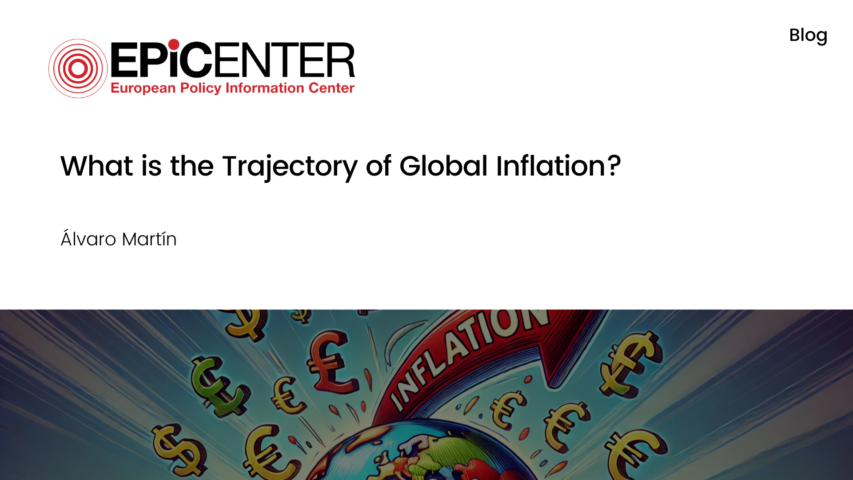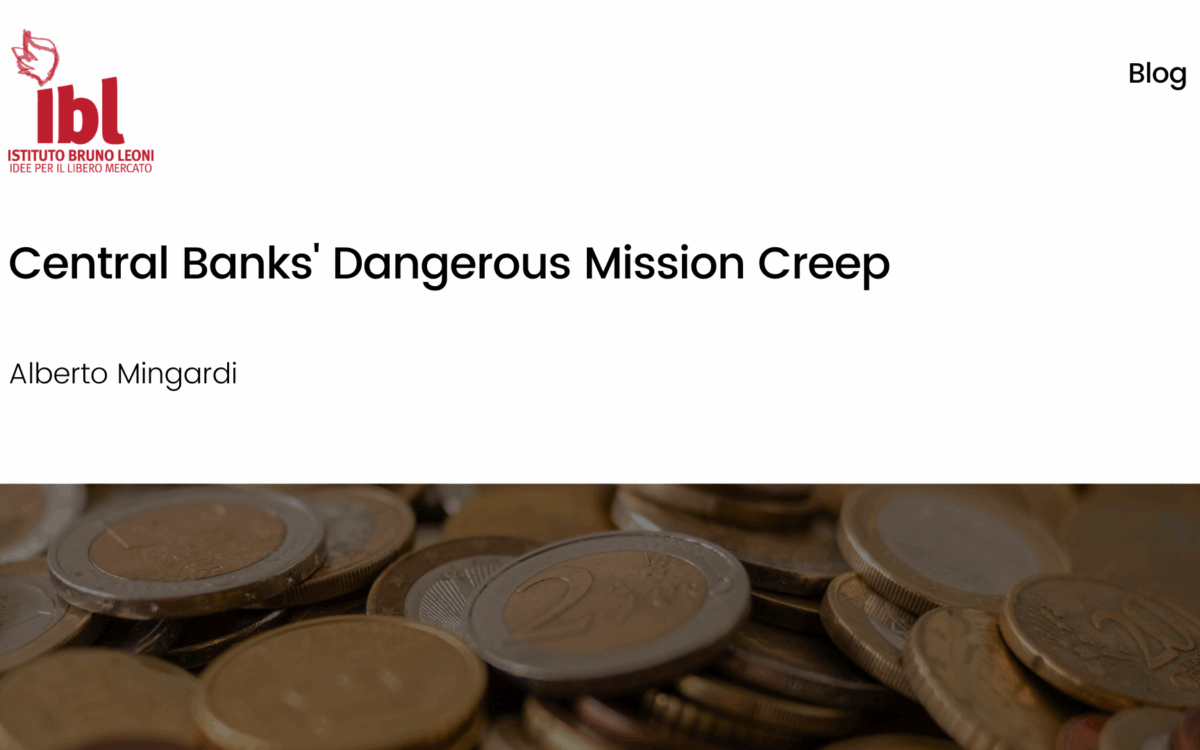What is the Trajectory of Global Inflation?

What is the Trajectory of Global Inflation?
Álvaro Martín // 24 May 2022
Over the previous year we have heard constant talk of the transitory nature of inflation and the reasons why it will be transitory. In truth, many economists have concurred that it would be totally plausible for inflation to rise moderately and grow for several months, thereafter moderating and returning to medium levels.
In reality, however, after almost a year of significantly elevated levels of inflation, it has become clear that this scenario has not happened. Therefore, having discarded the view that inflation will be transitory, we must ask ourselves what we can now expect, after the massive new disruptions to value chains resulting from the lockdowns of entire cities in China and the war in Ukraine due to the Russian invasion, with notable effects on the price of raw materials and energy.
Last Friday the European Central Bank (ECB) presented inflation statistics for the Eurozone for the month of April, registering an inflation rate of 7.5 per cent, constituting the sixth consecutive month of new maximum levels of inflation for the Eurozone. Furthermore, it should be noted that the phenomenon of the growth of inflation it is not restricted to Europe alone. Both the USA and the UK registered rates of inflation in the month of March of 8.5 per cent and 7 per cent, respectively.
Moreover, we must recognise that less than a year ago these elevated rates of growth in prices were not expected in any of the aforementioned countries. In addition, the ECB apologised on Friday for the errors in its predications of inflation rates, saying that these estimates have been scandalously erroneous in recent months.
One period in which they particularly deviated from reality was during the last quarter of 2021, as the brutal escalation in energy prices quickly translated into price increases of other goods and services, affecting the overall food reference prices of the consumer price index. In fact, in the first quarter of that year the ECB underestimated the rate of inflation by nearly 2 per cent, and if we use the predictions that they made a year ago for this same quarter, this error would be close to 5 per cent. Furthermore, the risks due to increases in the price of energy have not yet surfaced and the European Commission continues to consider seriously a commercial ban on Russian oil imports and raising tariffs on gas and other raw materials, all of which would consequently provoke increasing tensions in price levels and lead to greater levels of inflation.
It is indubitable that the war in Ukraine has contributed to the escalating pace of inflation but it is also true that long before the Russian invasion of Ukraine, the price of natural gas had accelerated dramatically. What has changed in the last few months – and it is a cause for concern – is the correlation between the change in energy price and basic goods such as food. This correlation is increasing substantially and is more marked than in the past. This means that every increase in energy costs is strongly felt on the price of some basic products.
As a result of all this, we can and must expect central banks to act more forcefully than normal in the upcoming months to carry out their function of guarantors of price stability. In fact, during the last few weeks we have already observed important changes in the communications of central banks, aiming to prepare the scene for major changes in monetary policy strategy towards an acceleration in monetary normalizing processes.
Central banks have a long way to enact monetary normalization policies and over the last decade they have extended and strengthened their toolbox by deploying different quantitative easing programmes. This means that today, the normalization of money does not depend exclusively on increasing interest rates; normalization must be accompanied and timed with the management of the balance of central banks that directly affects the liquidity of the system.
We could also argue that this is already occurring as the US Federal Reserve recently has ended its assets purchase program and in March 2022 it elevated interest rates by 0.25 per cent. In Europe, the ECB has finalized its pandemic program and plans to reduce and potentially end their asset-buying program. In respect to rates increases, the ECB has set a date in the third quarter of the year and some analysts expect this to occur as soon as July. What we must ask ourselves now is what the cost of this shift in monetary policy will be in terms of reduction in growth.
The most difficult issue for central banks in the upcoming months will be succeeding in coordinating their balance sheet management with interest rate increases. Moreover, we cannot forget that some institutions like the Fed have dual mandates, so they cannot only guarantee price stability: they must also aim at economic growth and the creation of jobs. We continue, therefore, in a setting of increasing uncertainty and volatility, waiting to see what lies on the horizon in monetary policy.
The original article was published by Civismo and the translation was written by Chloe M. Rispin
EPICENTER publications and contributions from our member think tanks are designed to promote the discussion of economic issues and the role of markets in solving economic and social problems. As with all EPICENTER publications, the views expressed here are those of the author and not EPICENTER or its member think tanks (which have no corporate view).



